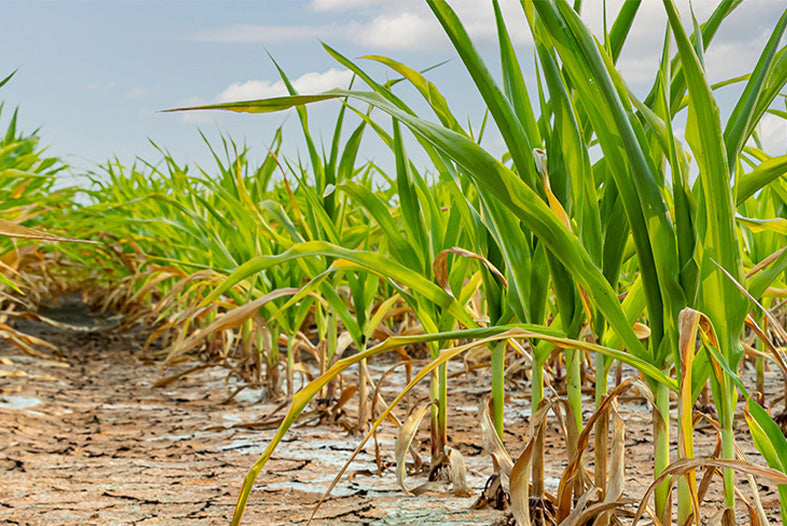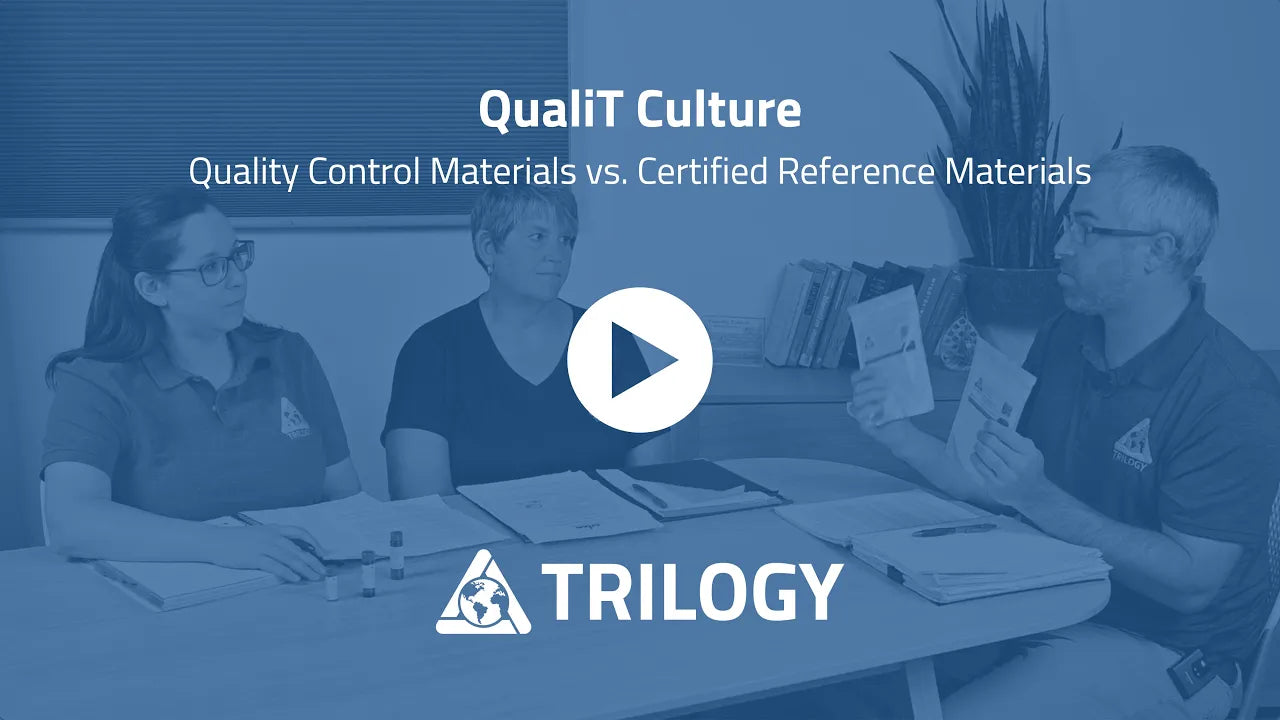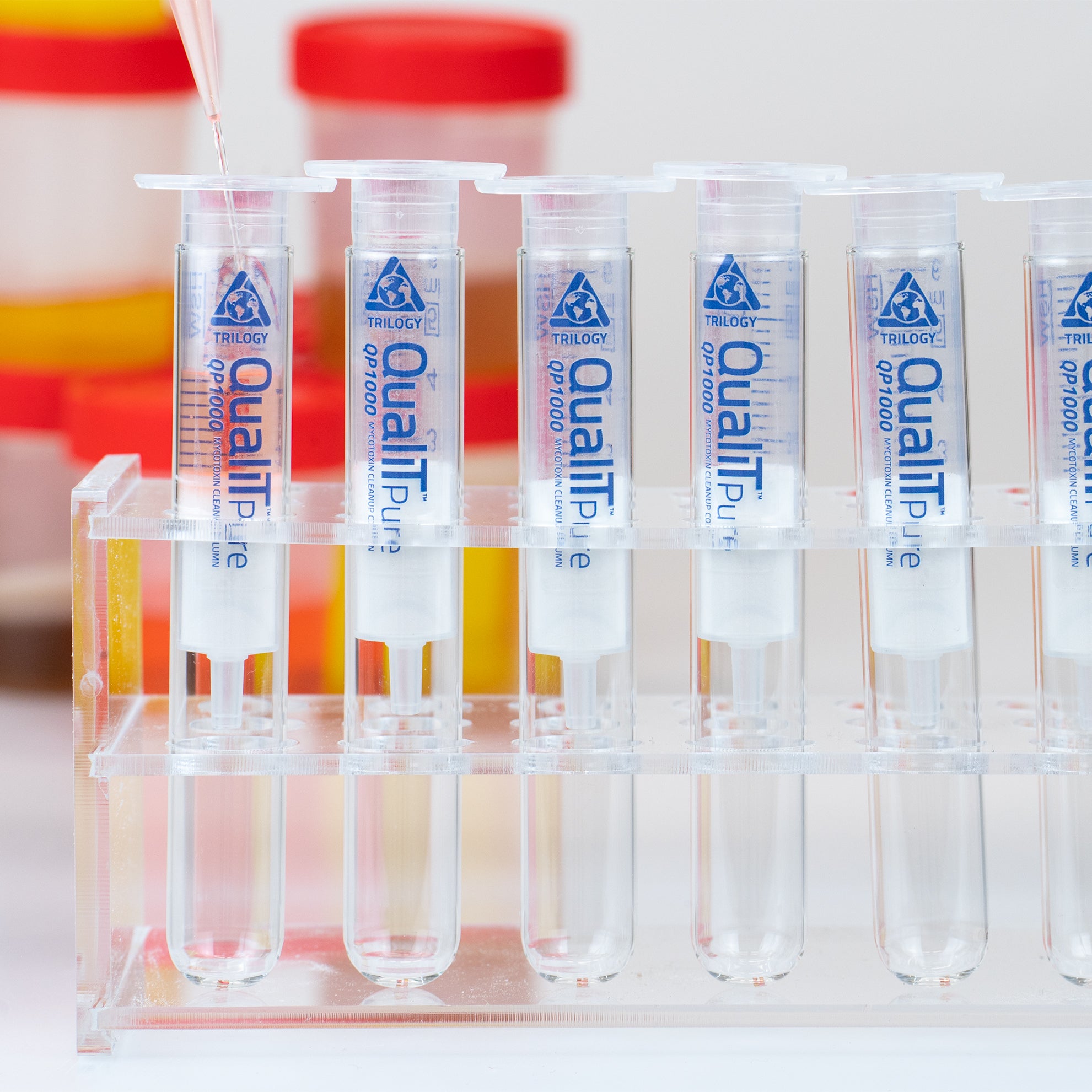
Your informational source for the food and feed industry with content developed by Trilogy Experts. Never miss an update.

FEATURED
Physical Effects of Mycotoxins on Farmed Animals
In this post, we'll explore the physical effects that mycotoxin contamination can have on the different species of farmed animals. We'll also learn about some of the options available to help mitigate the risks associated with mycotoxin contamination of feed sources.

Resources
Your analytical information source for the food and feed industry.
Blog
Your source for analytical articles, news and important Trilogy updates.
Videos
Your source for analytical articles, news and important Trilogy updates.
Let's keep in touch! Subscribe to receive industry-related content, Trilogy news and important updates.
Subscribe
Physical Effects of Mycotoxins on Farmed Animals
In this post, we'll explore the physical effects that mycotoxin contamination can have on the different species of farmed animals. We'll also learn about some of the options available to help mitigate the risks associated with mycotoxin contamination of feed sources.

Use of Mycotoxin Binders in Animal Feed
A mycotoxin binder is a compound that’s added to animal feed to mitigate risks to an animal’s health caused by mycotoxin contamination. Mycotoxin contamination in livestock feed can cause a large financial and economic impact to both farmers and producers. Incorporating mycotoxin binders as part of a comprehensive mycotoxin management plan can be a realistic and beneficial strategy for some industries to help mitigate these risks.

The United States Fall Peanut Harvest Underway: Risk mitigation with aflatoxin testing plans
The fall peanut harvest is now in full swing, especially for the US Midwest regions which makes it a perfect time to review your mycotoxin testing plan for mitigating risks associated with contaminated peanuts. Peanuts, like many crops, are susceptible to mold and fungal contamination under certain circumstances. Though unlike cereal grains, peanuts are unique because they are legumes and produce their edible parts, called pods, below ground. The growing structure of root crops are still susceptible to mold and fungi such as Aspergillus flavus and Aspergillus parasiticus.

Trending Discussion
Everyone has settled into July and is managing, to the best of their abilities, the summer heat. It’s the “hot” topic this 2023 harvest season and by now many have been talking about the growing concern of this year’s crop and aflatoxin contamination. It’s common knowledge that fungi known to produce aflatoxins flourish in dry heat and can withstand high temperatures and this can become increasingly concerning because it creates a more favorable environment for the growth and proliferation of aflatoxin-producing fungi. With reduced competition from other fungi, Aspergillus species can colonize crops more extensively and produce higher levels of aflatoxins.














